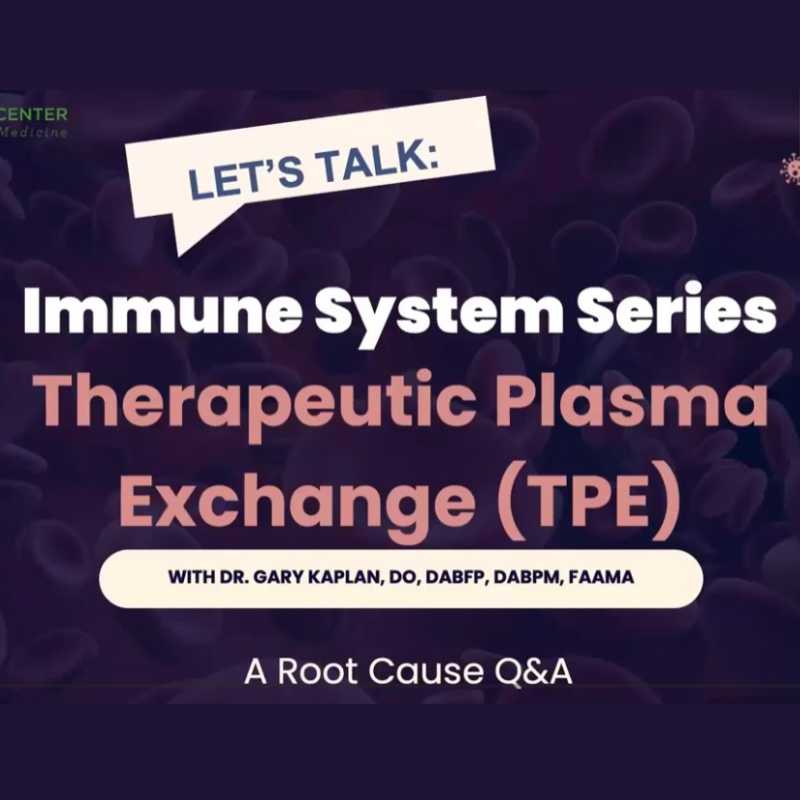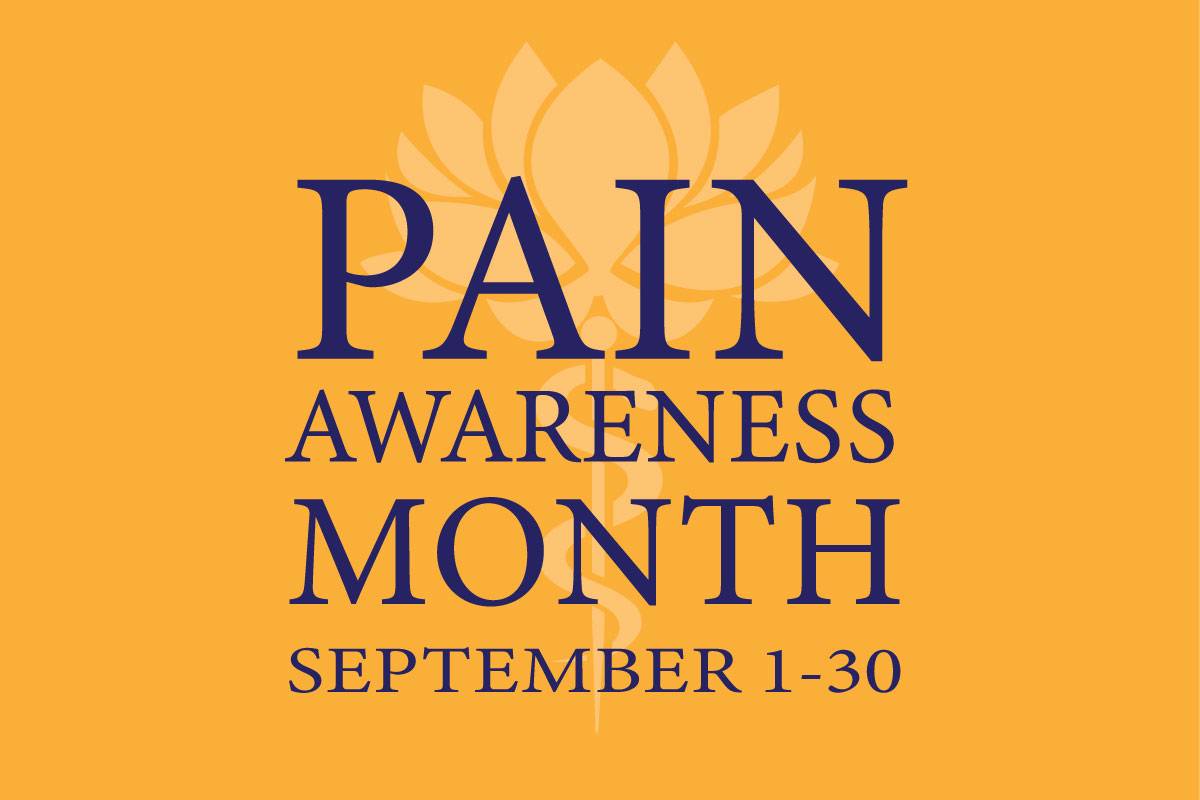
5 Ways We Can Keep Your Immune System Strong
December 10, 2025/by Kaplan Center
Want to Take Your Workout to the Next Level Next Year? These Tips Can Help
December 8, 2025/by Kaplan Center
Dr. Kaplan’s Dos and Don’ts of the Holiday Season
December 3, 2025/by Kaplan Center
Let’s Talk Webinar – A Root Cause Q&A
December 2, 2025/by Kaplan Center
Navigating Holiday Meals with Gut Issues: Simple Tips for a Comfortable Season
December 1, 2025/by Chardonée Donald, MS, CBHS, CHN, CNS, LDN
Craniosacral Therapy for TMJ | Say Goodbye to the Daily Grind
November 19, 2025/by Patricia Alomar, M.S., P.T.
From Compassionate Care to Personal Healing: A Letter to My Patients
November 18, 2025/by Kaplan Center
8 Steps to a Healthier Gut—and a Longer, Healthier Life
November 18, 2025/by Kaplan Center
Mid-Life Irritability & Fatigue Improved by Hormonal Balancing
November 13, 2025/by Lisa Lilienfield, MD
From Challenges to Change: Dr. Kaplan on Healthcare’s Biggest Challenges
October 29, 2025/by Kaplan Center
Overlooked Dangers of Mold Exposure and How to Stay Safe – Dr. Kaplan Talks to WUSA9
October 27, 2025/by Kaplan Center
Let’s ‘Fall’ Into Wellness: A Nutritionist-Approved Immune-Boosting Recipe for Cold and Flu Season
October 13, 2025/by Chardonée Donald, MS, CBHS, CHN, CNS, LDN
PANS/PANDAS – When Sudden Symptoms Signal Something More
October 9, 2025/by Kaplan Center
Beating Burnout, A Nutritionist’s Perspective
October 1, 2025/by Chardonée Donald, MS, CBHS, CHN, CNS, LDN
3 Things That Can Happen After Stopping GLP-1s
September 11, 2025/by Chardonée Donald, MS, CBHS, CHN, CNS, LDN
What Families Need to Know About COVID and Flu Season
September 3, 2025/by Kaplan Center
September is Pain Awareness Month
September 1, 2025/by Kaplan Center
Dr. Kaplan Spoke to Northern Virginia Magazine About COVID, Flu, and Immunity — Here’s What You Should Know
August 14, 2025/by Kaplan Center
“Why Do I Feel Like Crap?”: The Overlap Between Long COVID and Perimenopause
July 30, 2025/by Kaplan Center
Why People Are Turning to EMDR (and Why You Might Want to Too)
July 23, 2025/by Kaplan CenterAre you looking to improve your overall wellness?
Personalized care you can trust.
Our integrative, non-surgical treatment approach is highly successful in maintaining wellness and also treating chronic pain and illness. For more than 30 years, we have delivered superior, cutting-edge health care in the Washington, DC area.
QuickLinks
Contact Information
Tel: 703-532-4892
Fax: 703-237-3105
6829 Elm Street, Suite 300
McLean, Virginia 22101
Map It
Hours of Operation
Mon – Thu : 8 am – 5 pm, ET
Fri : 8 am – 12 pm, ET
4 Simple Tips to Prevent Lyme Disease
/in Conditions/by Gary Kaplan, DOThe best medicine is prevention so when recreating outdoors, take a moment to engage in a few simple steps to protect yourself, and even your pet, from Lyme disease-carrying ticks and other tick-borne illnesses.
Dr. Kaplan advises, “If you do notice Lyme-like symptoms, talk to your doctor immediately and ask to be tested. Remember: every individual is unique in their genetic makeup, medical history, and environmental exposures, and each of these factors can affect how Lyme disease manifests in your body. If some of your symptoms persist, even after you have been treated — don’t give up! Be your own advocate – keep asking questions and seeking answers until you find the right treatment options for you.”
We are here for you, and we want to help.
Our goal is to return you to optimal health as soon as possible. To schedule an appointment please call: 703-532-4892 x2
The Controversy of Antibiotics for Lyme Disease Treatment and Alternative Treatment Options
/in Conditions/by Gary Kaplan, DOScientists agree that Lyme disease appears in at least two forms in the human body – as a spirochete (a flexible spirally twisted bacterium ) and in “oval” form – and these two forms are sensitive to different antibiotics and to different lengths of treatment. There is also some debate about whether Lyme exists in a third “biofilm” (a thin, slimy film of bacteria) form that is especially resistant to antibiotic treatment, which may account for why Lyme disease becomes a chronic illness in some people.
In any event, there is extensive discussion within the medical community, about what constitutes the best protocol for treating patients suffering with Lyme disease. The root of the controversy is that physicians have a variety of opinions about how Lyme disease is expressed in the body.
One view is that, with proper antibiotic treatment, most people fully recover from Lyme disease, and only in a small subset of the population does Lyme present as a long-term intracellular illness.
The other view is that Lyme disease is always intracellular, and as such, never completely leaves the body. The implication of this perspective is that, even if a patient stops experiencing symptoms, his or her body still harbors the infection. Consequently, symptoms may reappear over time, either chronically or intermittently.
When a patient’s symptoms persist (Chronic Lyme Disease) despite treatment with a round of antibiotics, some doctors will prescribe a long-term course of antibiotics of up to 2 or 3 years. Dr. Gary Kaplan cautions patients about the risks with this approach, however, as high doses of strong antibiotics can cause imbalances in the digestive tract that can lead to diarrhea, yeast overgrowth, and nutritional deficiencies. There is also the theoretical risk of creating an antibiotic-resistant bacteria.
“We can’t just give a patient antibiotics and walk away. We must closely monitor each patient, and watch for and be ready to treat any side-effects that do appear. In fact, in some cases, the long-term use of antibiotics can cause more problems than the Lyme disease itself.” he says. Dr. Kaplan recommends probiotic nutritional supplementation during the antibiotic regimen. He also prescribes some Chinese and Western herbal remedies to alleviate some of the side effects of taking high doses of antibiotics over an extended period of time.
We are here for you, and we want to help.
Our goal is to return you to optimal health as soon as possible. To schedule an appointment please call: 703-532-4892 x2
Praise for Dr. Kaplan’s book – Why You Are Still Sick: How Infections Can Break Your Immune System & How You Can Recover
“Gary Kaplan is not only a pioneer in his field, he’s a badass who is changing the face of medicine. This book holds everything I wish I knew twenty years ago about autoimmunity. It’s an incredible resource for anyone with chronic pain and illness. It will bring hope and health to so many people.”
– Dave Asprey, founder, Bulletproof 360
Lyme Disease May Be the Reason Your Anxiety and Depression is Not Getting Better
/in Conditions/by Gary Kaplan, DOResearch increasingly tells us that depression and anxiety are not disorders in and of themselves, but rather symptoms of inflammation in the brain. Thinking about depression and anxiety in this way gives us new insight into their possible causes and how best to address them.
With that in mind, and especially if you are one for whom conventional treatment has proven ineffective, a less frequently cited yet potential reason you may not be getting better could be Lyme disease.
Lyme and other tick-borne diseases are becoming increasingly prevalent. While these diseases typically present with a wide range of symptoms, joint pain being the most common, they have also been associated with a wide range of psychiatric conditions including depression, anxiety disorders, panic attacks, and bipolar disease. The association of Lyme disease with neuropsychiatric disease has been documented since 1994 in the American Journal of Psychiatry and has been confirmed since, but the connection is frequently overlooked in the diagnosis of psychiatric illness. If you are suffering from chronic pain and depression, anxiety or another mental disorder, this diagnosis has to be considered.
Dr. Kaplan says physicians (inappropriately) are oriented to treat these conditions as diseases and not look for an underlying cause. For instance, he recalls one of his patients who had depression and sleep disturbances consistent with sleep drunkenness, but which later turned out to be Lyme disease. “Treatment of the Lyme resulted in complete resolution of symptoms.”
We are here for you, and we want to help.
Our goal is to return you to optimal health as soon as possible. To schedule an appointment please call: 703-532-4892 x2
Additional resources:
Horowitz Lyme-MSIDS Questionnaire
Video: “Combating Chronic Lyme,” A presentation by Dr. Gary Kaplan